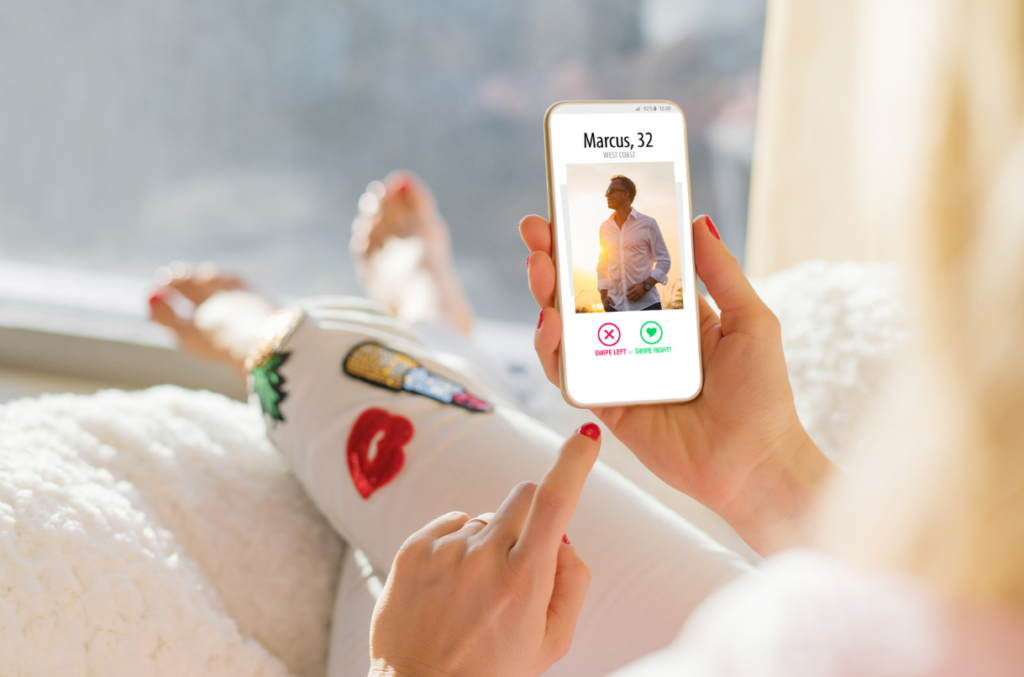Online dating apps among retirees has seen a notable increase, driven by psychological and social factors. Research indicates a particular trend where older individuals show more specificity in their dating profiles compared to younger users.
A study reviewing 100 online dating profiles of older adults and 100 profiles of younger people found that retirees exhibit greater specificity about preferences and expectations. This behavior could be linked to their accumulated life experiences and a clearer understanding of their personal needs and desires.
Cotten et al. (2013) and Czaja et al. (2018) highlight that older adults often use dating apps to address loneliness and improve social engagement. Statistics from The Senior List show that 36% of adults aged 65 and older report being single, with 16% actively seeking a relationship.
This demographic shift can partly be attributed to the loss of partners and the subsequent desire for companionship later in life. Data also reveal that 26% of single adults aged 50 and older have used a dating app in the past year, compared to 53% of individuals aged 18 to 49.
Popular Dating Platforms for Retirees
Among the older demographic, certain dating apps are particularly favored. Match and eHarmony, used by 44% and 34% of seniors aged 65 and over respectively, are popular for their user-friendly interfaces and focus on serious relationships.
Apps like OurTime cater specifically to seniors by offering features such as large text for easier readability and secure phone numbers for offline communication.
Another popular app, SilverSingles, employs personality tests to ensure compatibility through detailed user profiles. There are also a variety of apps that cater to niche relationship options, including committed partnerships, casual dating, open relationships, and the option to be a sugar baby.

A systematic review of empirical research on dating apps from 2016 to 2020 shows that these platforms are utilized by people across various ages, sexual orientations, and relational statuses. The review emphasizes the widespread integration of dating apps into daily life for millions of individuals worldwide.
It also debunks preconceived notions and stereotypes about dating apps, such as their predominant use by men or certain demographic groups. As the digital landscape continues to evolve, the role of these platforms in shaping social interactions and relationships becomes increasingly significant, especially for retirees seeking to expand their social circles.
Real-life Experiences and Challenges
Documented real-life scenarios offer insight into the challenges and successes experienced by older adults using online dating platforms. Maggie Jones, a writer who explored online dating post-divorce, discusses her varied experiences ranging from excitement to discouragement.
Notably, she highlights issues such as fake profiles and the repetitive nature of online interactions. Such factors can be particularly disheartening for older women, who report encountering more negative experiences compared to men.
Research by the Pew Research Center indicates that while 30% of U.S. adults have used a dating site or app, the rate drops to 13% among seniors. Despite lower usage rates, the impact of online dating on this demographic is considerable.
For example, socially isolated seniors are 1.5 times more likely to be diagnosed with dementia and 1.3 times more likely to suffer from heart disease or stroke. This data underscores the importance of social connections for maintaining health and well-being among older adults.
Psychological Motivations and Outcomes
The motivations behind using dating apps among retirees are varied. Stanford Medicine’s study found that many Tinder users engage with the app for reasons beyond seeking dates. Common motivations include social connectedness, entertainment, and coping with negative emotions. Thus, dating apps serve multiple functional roles, providing distraction and boosting self-esteem for users.
Moreover, contrary to popular misconceptions about senior dating, the Healthy Aging Poll reports that over half of adults aged 65 to 80 in relationships are sexually active, and 76% agree that sex is an important part of their relationship.
This information contradicts stereotypes that seniors lack interest in sexual and romantic relationships. Research highlights the multiplicity of motivations behind the growing use of dating apps, reflecting broader shifts in how retirees seek and form social bonds.
Books such as “Online Dating in Middle and Later Life: Gendered Expectations and Experiences” by McWilliams and Barrett (2014) provide additional layers of understanding. The book illustrates how men and women approach online dating differently as they age.
For men, online dating is seen as a quick route back into the dating scene, while women use it to cautiously reintroduce themselves to dating. This gender-specific behavior highlights the diverse approaches and expectations that characterize senior online dating.

The Future of Digital Dating Apps Among Retirees
In conclusion, the increase in dating apps among retirees is multifaceted, driven by psychological needs, technological accessibility, and evolving social norms. The role of dating apps in the lives of older adults is more significant than ever, offering not just romantic prospects but also vital social connections that contribute to overall well-being.
As technology continues to advance, and as societal attitudes towards aging and relationships shift, it’s likely that the prevalence of dating apps among retirees will continue to grow.
This trend reflects broader cultural changes and highlights the importance of understanding the unique needs and motivations of this demographic. By recognizing the challenges and embracing the opportunities that digital dating presents, retirees can navigate the online dating world with confidence, finding meaningful connections that enhance their quality of life.


